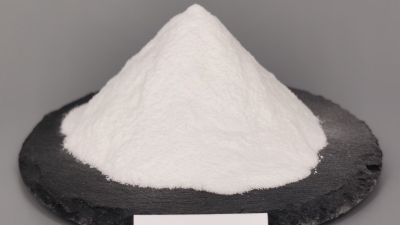Unlocking the Potential of Methyl Cellulose Polymer in Your Supply Chain
Table of Contents
- Understanding Methyl Cellulose: A Versatile Polymer for Supply Chains
- Key Applications of Methyl Cellulose in Various Industries
- Enhancing Product Stability and Quality with Methyl Cellulose
- Sustainability Benefits of Incorporating Methyl Cellulose into Supply Chains
- Challenges and Solutions in Using Methyl Cellulose in Logistics
- Analysis of Market Trends and Performance of Redispersible Polymer Powder AP1080 in Drymix Mortar Applications
- FAQS
- Conclusion
- Related Posts
In the fast-changing world of construction materials, Methyl Cellulose Polymer has really started to shake things up. It’s become a pretty big deal because it boosts performance and makes things more sustainable across a bunch of different applications. If you look at the latest market research from Grand View Research, they’re saying the global construction chemicals market could hit a staggering USD 1,179.2 billion by 2025. A big part of that growth? Thanks to innovative additives like Methyl Cellulose.
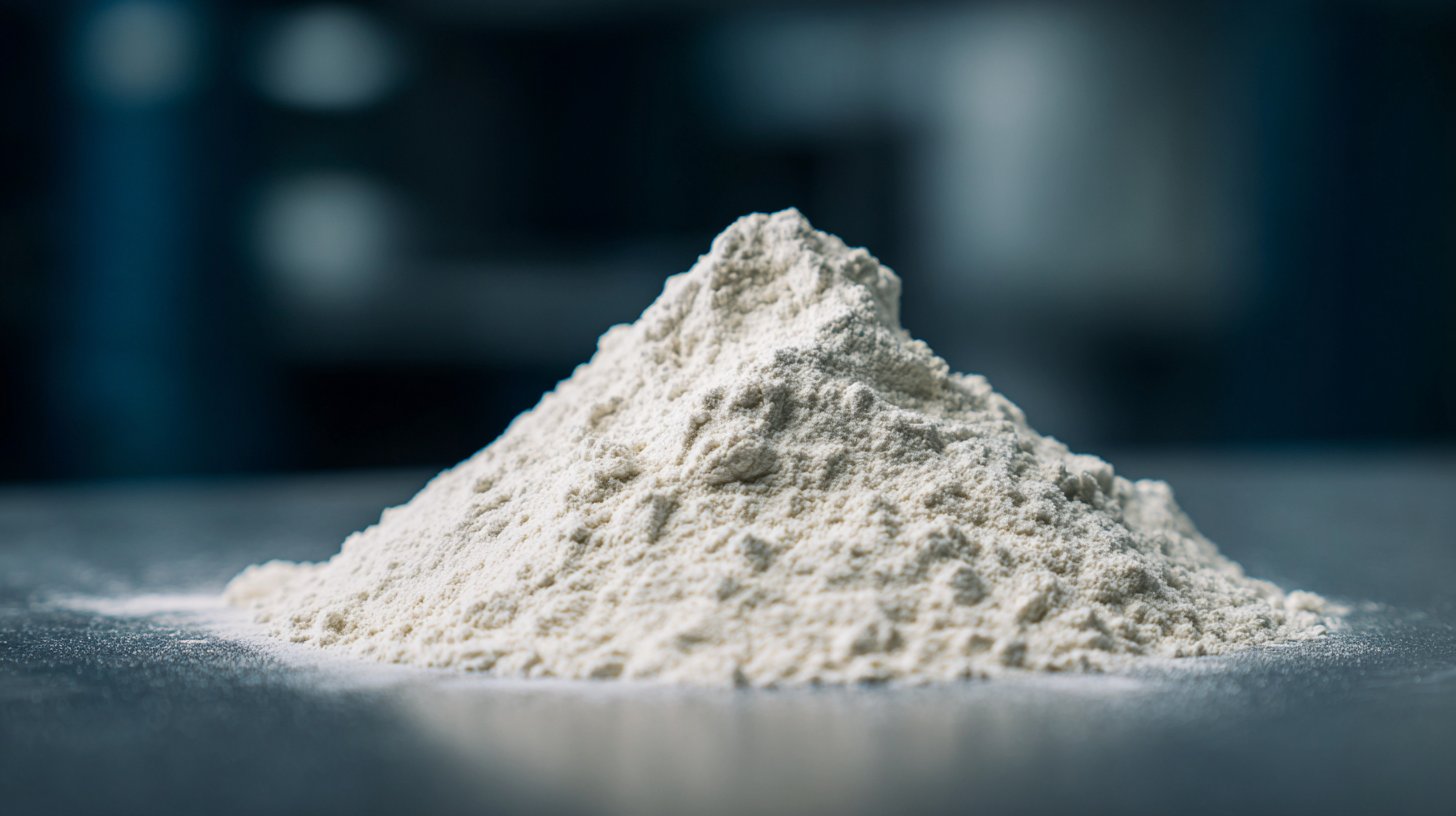
Here at Longou International Business (Shanghai) Co., Ltd., we’re all about tapping into the potential of this versatile polymer. We’re dedicated to creating advanced solutions that meet the needs of our customers worldwide. If your business incorporates this polymer into your supply chain, you’ll likely see better product quality, lower environmental impact, and a stronger edge in what’s becoming an increasingly competitive market. Basically, it’s about working smarter and staying ahead of the game.
Understanding Methyl Cellulose: A Versatile Polymer for Supply Chains
Let me tell you, methyl cellulose is really starting to make waves as a key player in supply chains these days, especially in the booming pharma world. You know, with the huge jump in demand for carboxymethyl cellulose (or CMC) across Asia Pacific, companies are finally catching on to just how versatile this stuff is. It’s this water-soluble polymer that’s not only great for formulating drugs, but also acts as a thickener and stabilizer. That means it helps make products more effective and stable – kind of like a behind-the-scenes hero. Its flexibility makes methyl cellulose pretty much indispensable in different formulations, giving pharma products the consistency and performance they need.
But here’s the cool part: methyl cellulose isn't just sticking to pharmaceuticals anymore. It’s expanding its reach into personal care products and even food packaging. One big reason? It’s biodegradable, so it lines up perfectly with the push for more sustainable practices. As industries move towards more eco-friendly solutions, using methyl cellulose in biodegradable plastics is a pretty big step forward. All in all, this shows just how versatile methyl cellulose really is — not only meeting the current needs of the pharma world but also helping drive sustainability and circular economy efforts across various industries.
Unlocking the Potential of Methyl Cellulose in Supply Chains
This chart illustrates the various applications of methyl cellulose polymer across different sectors of the supply chain. The data shows the percentage of usage in various industries such as construction, food, pharmaceuticals, and cosmetics.
Key Applications of Methyl Cellulose in Various Industries
You know, methyl cellulose is this pretty versatile polymer that comes from cellulose, and it’s really made a name for itself across different industries. It has some pretty cool tricks up its sleeve, like being water-soluble, forming gels, and working as a thickener. In the food world, for example, it’s often used to give sauces and dairy products better texture and help them retain moisture, which is kind of a game-changer. I came across a report from Grand View Research that says the global market for methyl cellulose in food is expected to hit around USD 380 million by 2025—shows just how important it’s become in food-making these days.
On the construction side of things, methyl cellulose is also a key player — you’ll find it in adhesives and tile pastes because it helps with water retention and makes things easier to work with. A report from Transparency Market Research points out that the whole construction chemicals market, including methyl cellulose, is projected to grow by over 5% each year, mainly thanks to increased investments in infrastructure projects.
So, if you’re thinking about adding methyl cellulose to your supply chain, it’s worth paying attention to how it plays with other ingredients—getting that right can really boost performance. And don’t forget to keep an eye on market trends, so you can stay ahead of what consumers are into. That way, your products will keep up with the changing demands across different industries.
Unlocking the Potential of Methyl Cellulose Polymer in Your Supply Chain - Key Applications of Methyl Cellulose in Various Industries
| Industry | Key Application | Benefits | Examples of Use |
|---|---|---|---|
| Pharmaceuticals | Thickening Agent | Improved viscosity, stability of formulations | Suspensions, gels, and tablets |
| Food Industry | Food Additive | Enhanced texture, moisture retention | Sauces, dressings, bakery products |
| Cosmetics | Stabilizer | Improves texture and application | Creams, lotions, and hair products |
| Construction | Water Retention Agent | Increases workability and adhesion | Mortars, concrete, and plasters |
| Paints and Coatings | Thickening Agent | Improves viscosity and stability | Acrylic paints, emulsions |
Enhancing Product Stability and Quality with Methyl Cellulose
You know, these days, there's a big push for really high-quality and reliable products in both the pharma and food world. That’s where methyl cellulose and its derivatives are becoming more and more important. It’s pretty cool—methyl cellulose can improve the texture and stability of gluten-free bread, all while helping to cut down on the need for things like hydroxypropyl methylcellulose (HPMC). For example, I saw a recipe that used about 80% microwave-treated rice flour with just a tiny bit of HPMC and water, and that bread ended up with a nice volume and great texture. It just goes to show how tweaking ingredients can really make a difference, not just for better quality but also for folks with specific dietary needs.
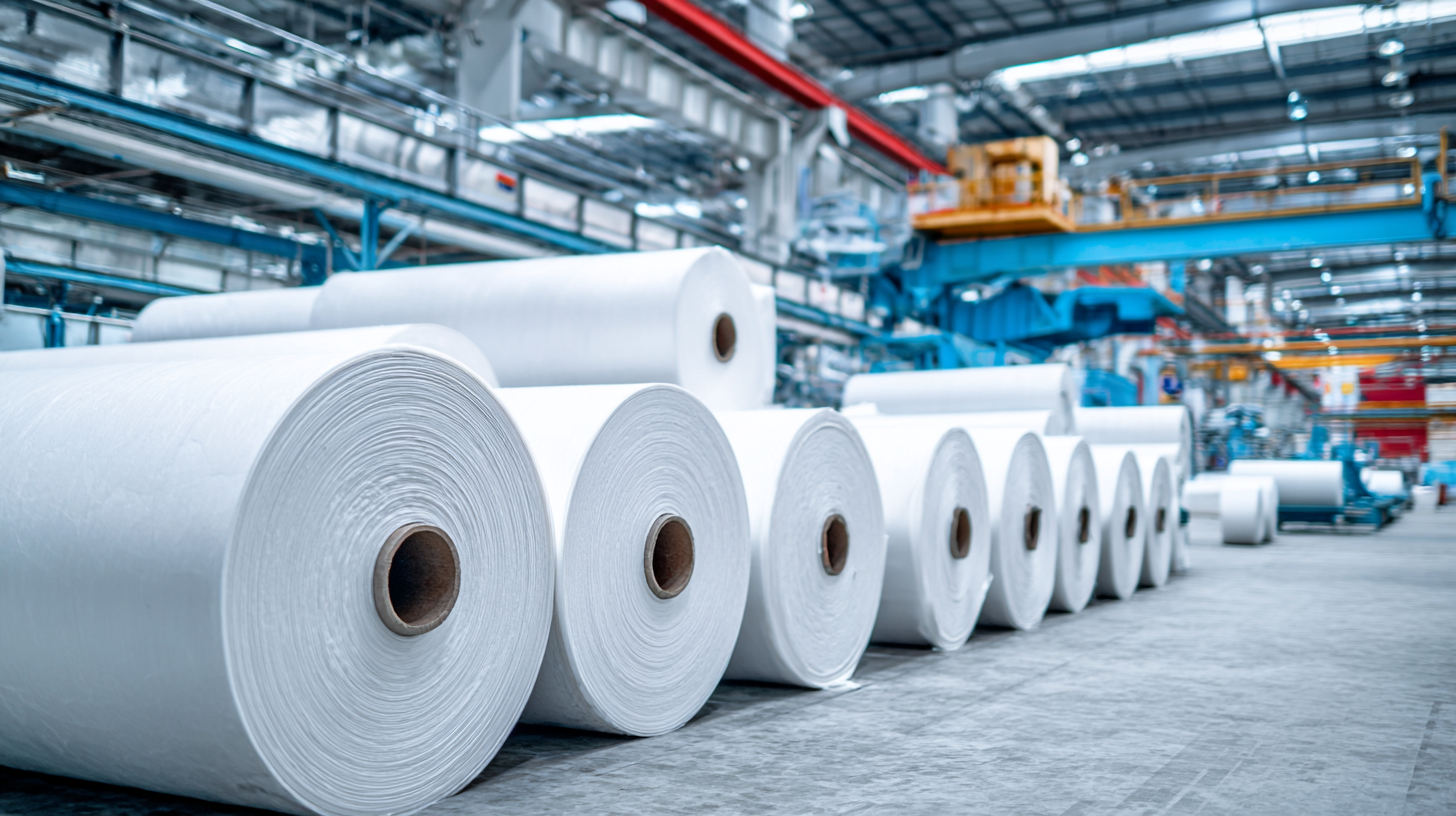
And then there's the rise of carboxymethyl chitosan (CMCS). It’s pretty nifty how cellulose derivatives like methyl cellulose are finding new uses. Recently, I came across a study where CMCS helped stabilize soy protein isolate emulsions, which in turn really boosted the gel qualities of surimi. These kinds of advancements highlight just how versatile these polymers are—they’re not just about improving food but also about making products safer and more appealing. Overall, it’s exciting to see how these innovations are fueling growth and pushing the boundaries of what's possible in the industry.
Sustainability Benefits of Incorporating Methyl Cellulose into Supply Chains
You know, methyl cellulose is a synthetic biopolymer that’s really been catching attention lately, especially when it comes to making supply chains more eco-friendly. It’s not just some passing trend either — many companies see it as a smart move in today’s world where everyone’s way more conscious about sustainability. New research shows that biopolymers like methyl cellulose can actually boost the eco-credentials of a bunch of things, from packaging for food to high-tech batteries. What’s cool is that it can replace traditional materials with biodegradable stuff, helping cut down fossil fuel use and waste — pretty big wins, right?
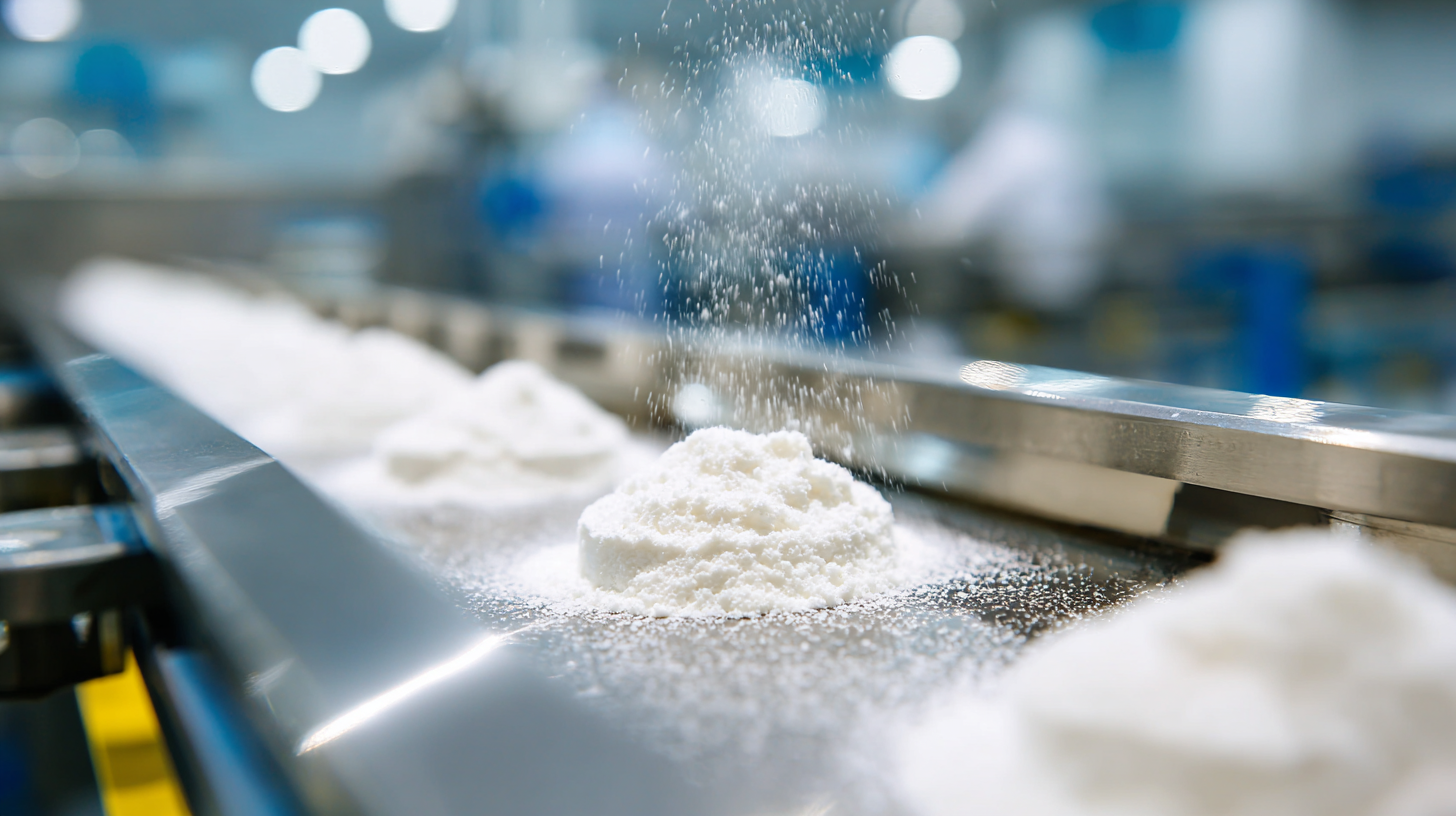
Plus, cellulose-based solutions are super important when it comes to better cold-chain packaging and keeping products stable during shipping. And here’s the interesting part: scientists are experimenting with mixing methyl cellulose with natural ingredients like pomegranate peel. These combos aren’t just for show — they’re showing real promise with antibacterial properties and helping control temperature, so multidimensional stuff! With the market for cellulose ethers expected to grow quite a lot, companies that start including methyl cellulose are really positioning themselves at the forefront of moving toward a circular economy. It's a win for the planet and for business efficiency alike.
Challenges and Solutions in Using Methyl Cellulose in Logistics
Methyl cellulose is a pretty versatile polymer, but it does come with its own set of challenges when you try to incorporate it into supply chains. One of the biggest issues is that it's pretty sensitive to temperature changes. If it gets too hot or too cold during transport or storage, it can lose its viscosity, which might mess up the consistency of your products. To keep things on track, it’s a good idea to use temperature-controlled storage and shipping methods—kind of like giving it a cozy little climate guard—so it stays stable and works effectively all the way through the logistics process.
Then, there’s the tricky part about how well it dissolves and mixes with other materials. This can cause some headaches in the manufacturing line because formulations might not turn out quite right if things aren’t handled carefully. To fix that, companies should really implement strict quality checks—testing formulations thoroughly before they go into the supply chain. Plus, training logistics staff about the unique properties and handling needs of methyl cellulose can make a big difference. It helps prevent mistakes and ensures the final product stays consistent and of good quality during transit.
Analysis of Market Trends and Performance of Redispersible Polymer Powder AP1080 in Drymix Mortar Applications
Redispersible polymer powders, particularly ADHES® AP1080, are becoming increasingly vital in drymix mortar applications. As a product based on ethylene-vinyl acetate copolymer (VAE), AP1080 is designed to enhance the performance characteristics of polymer cement mortars. Its excellent adhesion, flexibility, and water resistance make it an ideal choice for improving both bending and tensile resistance in construction materials. This results in stronger, more durable mortar that can withstand various environmental factors.
Longou, a leading manufacturer in this field, specializes in crafting high-quality redispersible polymer powders. Their RD powders for tiles exemplify the innovative approach to enhancing mortar properties. These powders are produced by spray-drying polymer emulsions, which, when mixed with water in mortar formulations, react to form stable polymer emulsions. Upon drying, these emulsions create a robust polymer film that significantly improves the overall properties of the mortar. The versatility of different redispersible polymer powders allows for tailored enhancements suited to specific dry powder mortar applications, ensuring optimal effectiveness across various construction projects.
FAQS
: Methyl cellulose is a water-soluble polymer that is becoming crucial in supply chains, particularly in the pharmaceutical industry, due to its versatility as a thickener and stabilizer that enhances product efficacy and stability.
In pharmaceuticals, methyl cellulose is utilized for drug formulation, ensuring consistency and performance in products by improving their stability and effectiveness.
Beyond pharmaceuticals, methyl cellulose is being integrated into the personal care and food packaging sectors, reflecting its expanding applicability.
Methyl cellulose's biodegradability aligns with the increasing demand for sustainable practices, supporting industries in adopting eco-friendly solutions and contributing to the circular economy.
Methyl cellulose is temperature-sensitive and can lose its viscosity under extreme temperature conditions, which can negatively impact product consistency during transport and storage.
To address temperature sensitivity, implementing temperature-controlled storage and transport systems is recommended to maintain the stability and effectiveness of methyl cellulose.
Methyl cellulose's solubility characteristics can complicate blending with other materials, potentially leading to inconsistencies in formulations during manufacturing processes.
Companies can use rigorous quality control measures, including standardized testing of formulations, to ensure consistency and quality before products are sent through the supply chain.
Providing training for logistics personnel on the unique properties and handling requirements of methyl cellulose can help improve product integrity, reduce handling errors, and ensure optimal use of the polymer.
Conclusion
In today’s super competitive market, Methyl Cellulose Polymer really stands out as such a versatile additive. It can do a lot to improve supply chain efficiencies across different industries. What’s cool about it is how it retains water and thickens, which helps boost product stability and quality. Plus, it's pretty much a game-changer for construction materials, all while tackling those big sustainability concerns—so it aligns pretty well with eco-friendly logistics practices.
At Longou International Business (Shanghai) Co., Ltd., we see the real potential of Methyl Cellulose Polymer to make supply chains smoother and help solve some of the challenges that come with applying it. By weaving this innovative material into our solutions, we’re able to support our global customers in hitting their targets—whether that’s better performance, more durability, or being kinder to the environment in their projects.
Related Posts
-

Understanding the Functionality of Polycarboxylate Superplasticizer in Modern Construction
-

Global Sharing of Chinese Excellence in Best Rd Powder Applications for Reliable Quality
-
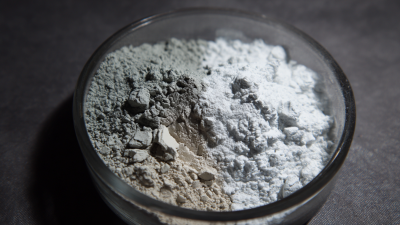
Challenges Faced with Using Customized Re-Dispersible Latex Powder
-
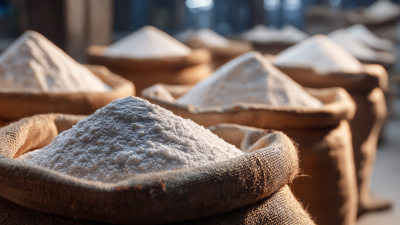
Crafting Excellence with Chinese Manufacturing Powered by Best Thickening Agent Hpmc for Detergent
-

7 Essential Tips for Understanding Hydroxyethyl Cellulose Solubility in Water
Blog Tags:






